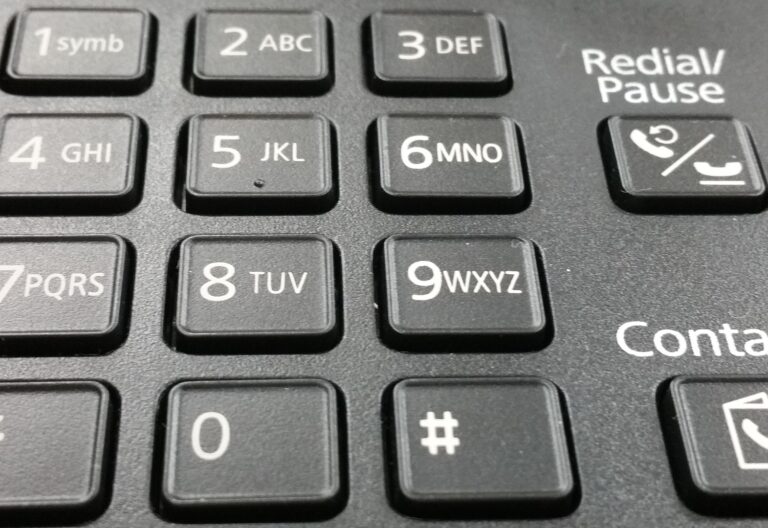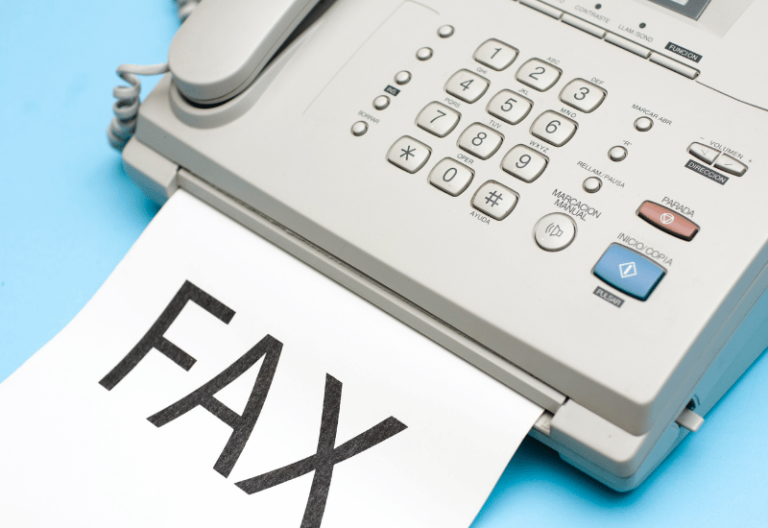Today’s highly digital age has completely revolutionized the way health professionals manage their files and records. Back in the good old days, medical practitioners had to manually and painstakingly update their paper charts, which they stored in a big, bulky cabinet.
At present, they have easy access to EMR integrations and other amazing technologies to help streamline and fully optimize their document processing and management. In the US alone, the vast majority of hospitals and office-based practices have now switched to fully digital document management.
Admittedly, understanding EMR integration and everything related to it can be quite overwhelming, especially if you are not well versed in IT and all its components. Luckily, we are here to provide you with a more simplified guide to understanding EMR as well as how you can integrate it into your current practice.
What does EMR stand for in healthcare?
EMR stands for Electronic Medical Record. EMRs typically contain a patient’s medical history, symptoms, examination results, test results, and treatment plans.
Table of Contents
- What is EMR Integration?
- Why is EMR integration important?
- What are the key features to look for in an EMR integration system?
- What is EMR implementation?

What is EMR integration?
Before we dive into EMR integration, let us first answer this basic question: What does EMR stand for?
Electronic Medical Records, as the name suggests, is the digital version of all the necessary health information you would usually find in the good old doctor’s chart or paper-based chart: the patient’s medical history, the doctor’s notes, diagnoses, lab results, allergies, immunization records, and medications among others.
EMR integration, on the other hand, enables a seamless sharing of this information between one organization and another. What this means is that it connects your EMR platform to other systems or devices to establish a smoother communication flow.
To paint you a clearer picture, EMR integration allows you to share relevant patient data with another health professional or hospital with just a few clicks of a button. There is no need to send actual physical copies of medical records.
Why is EMR integration important?
Imagine going back to the olden days where you have to spend countless hours finding and updating charts of hundreds of patients. Doesn’t that just sound quite dreadful? EMR integration is a worthy investment if you want to have a smoother and more efficient practice.
Some of the benefits EMR integration offers include the following:
Real-time data access and analytics
EMR integration creates a more centralized repository wherein various healthcare systems can import and input relevant data that’s easily accessible to anyone who has access to it. This means that you no longer have to run to the labs to get the result of a certain test. Lab specialists can just upload the result into the system, allowing you to view it.
Reduce data entry
As mentioned above, there is no need to manually input anything onto a paper-based chart. All information is added to the system directly, which significantly reduces clerical errors.
Patient satisfaction
EMR integration does not only offer your organization priceless value but more importantly, it increases patient satisfaction. Having an essentially one-stop shop for all their healthcare-related needs brings a lot of convenience to their part. EMR integration allows them to set an appointment online, pay for certain services, view their results, and reduce wait times. As a healthcare practitioner, you need to put great importance on patient communication. All these make patients happy.

What are the key features to look for in an EMR integration system?
If you are looking into investing in an EMR Integration system, here are some of the key features that you need to look for in a vendor:
Safety and Security Measures
Of course, the very first thing that you need to look into is the kind of security features they offer. This system is essentially dealing with highly sensitive information, so you have to make sure that all of your patient’s data will be protected from any form of threats.
Patient Portal
It’s always a great idea to give your patients access to their own medical records. After all, it’s their right. Making sure that your EMR integration allows you to have a patient portal is a big plus. This would bring a lot of convenience to your patients as they wouldn’t need to go to the hospital or the clinic to get their records. Everything can just be securely accessed by them through the system.
Provider-to-Provider Communications
One of the main purposes of EMR integration is to create a smooth channel between medical practitioners so they can easily share patient information. So see to it that your prospective provider can serve you this purpose.
The communication channel should be able to quickly send and receive patient records so as to speed up the treatment time.
What is EMR implementation?
EMR implementation refers to the integration of an EMR system into your organizational structure and process. To ensure a successful implementation, you need to invest a good amount of time planning and organizing as it is a multi-step procedure. Here’s a quick outline of what you should do before EMR implementation:
- Create an EMR implementation matrix. This will serve as your guide or checklist to know what you need to do prior to implementation day.
- Hire a team, if you don’t already have one. EMR implementation is a massive undertaking that you cannot do on your own. Get yourself a team of highly competent individuals to function certain parts.
- Crunch those numbers. Figure out how much the implementation would cost your organization.

Here’s another way to seamless share EMR with other healthcare providers:
Aside from EMR integration, there is a less complicated option that allows you to conveniently and easily share medical records with other organizations safely and securely: online faxing. Online faxing remains one of the most reliable communication tools in the healthcare and pharmaceutical industries and has proven to increase productivity.
It doesn’t require extensive knowledge in IT to set it all up. With iFax, integrating online fax into your process would no time at all. We offer cross-platform online faxing so you can easily send and receive your patient’s medical records on the go.
Best of all, our plans and subscriptions would not break the bank. For as low as $8.33 a month, you will get to enjoy features such as 256-bit end-to-end encryption, email to fax functionality, 24/7/365 customer service support, unlimited cloud storage, and so much more. iFax is your ideal partner when it comes to sharing medical records as we are HIPAA compliant. You are rest assured that your data is protected at all times.







